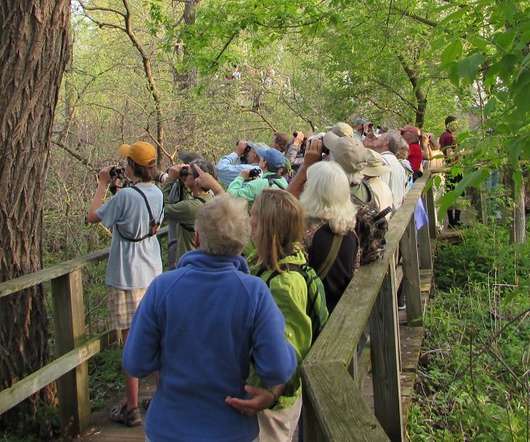A Survey of U.S. Birders
10,000 Birds
APRIL 13, 2021
In 2012 , the NFC revised some of its goals and set forth a new vision of waterfowl management that emphasized a core of hunter and conservationist supporters. In an effort to better understand the “human dimension” of its conservation efforts, several surveys were conducted, including the National Birdwatching Survey (NBS).

















Let's personalize your content